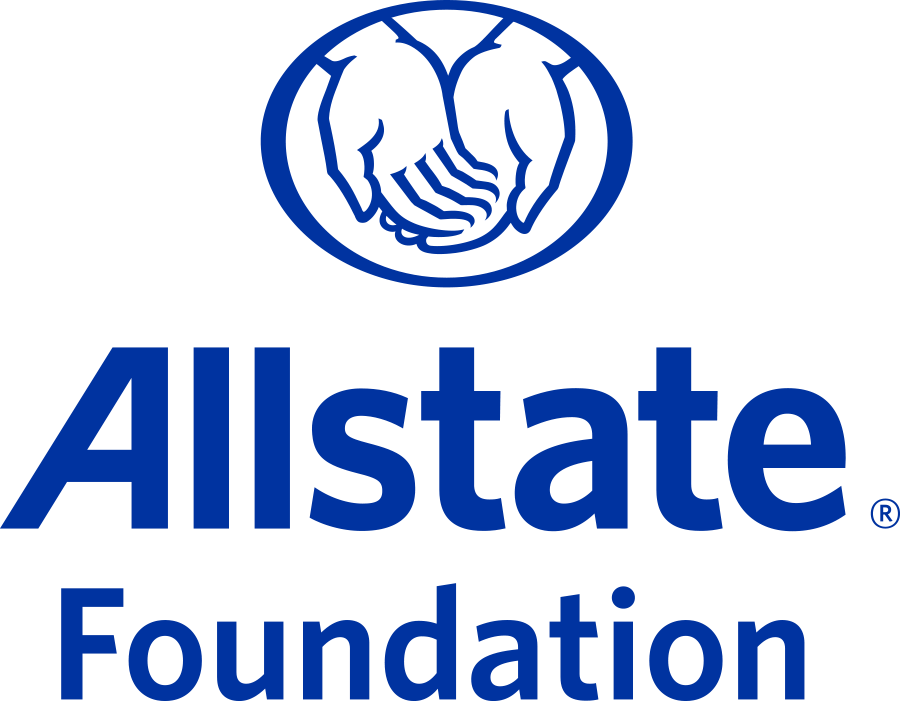[ad_1]
Introduction:
Emerging from a monetary disaster generally is a daunting and overwhelming activity, however with cautious planning and strategic motion, it’s doable to rebuild monetary stability and regain management of your funds. Whether you’ve skilled a job loss, medical emergency, or unexpected catastrophe, navigating the aftermath of a disaster requires resilience, resourcefulness, and a proactive method to managing loans, insurance coverage, and mortgages. In this information, we’ll discover efficient methods for rebuilding monetary stability after a disaster, providing actionable recommendation and insights that can assist you chart a path towards a brighter monetary future.
Assessing the Damage:
- Take Stock of Your Finances: Begin by conducting a complete evaluation of your monetary state of affairs, together with earnings, bills, belongings, and liabilities. Review financial institution statements, credit score studies, and payments to achieve a transparent understanding of your present monetary standing and determine areas for enchancment.
- Evaluate the Impact of the Crisis: Reflect on the influence of the disaster in your funds, equivalent to lack of earnings, elevated bills, or depletion of financial savings. Understanding the precise challenges you’re going through will assist you to develop focused methods for addressing them and rebuilding monetary stability.
Managing Loans After a Crisis:
- Prioritize Debt Repayment: If you’ve collected debt in the course of the disaster, prioritize debt compensation to reduce curiosity prices and regain management of your funds. Focus on paying off high-interest debt first, equivalent to bank card balances or payday loans, whereas making minimal funds on lower-interest debt.
- Explore Debt Consolidation Options: Consider consolidating a number of money owed right into a single, lower-interest mortgage to simplify compensation and scale back month-to-month funds. Debt consolidation will help you streamline your funds and make progress towards turning into debt-free extra effectively.
- Negotiate with Creditors: If you’re struggling to satisfy your debt obligations, take into account reaching out to collectors to debate hardship choices or negotiate compensation plans. Many collectors are keen to work with debtors going through monetary difficulties to seek out mutually useful options.
Navigating Insurance After a Crisis:
- Review Your Insurance Coverage: Review your insurance coverage insurance policies, together with medical insurance, householders insurance coverage, auto insurance coverage, and life insurance coverage, to make sure they supply sufficient protection to your wants. Evaluate coverage limits, deductibles, and exclusions to determine any gaps in protection that should be addressed.
- Update Your Coverage as Needed: If the disaster has resulted in vital modifications to your monetary state of affairs or way of life, equivalent to a job loss or relocation, replace your insurance coverage protection accordingly. Consider growing protection limits, adjusting deductibles, or including extra protection choices to higher shield your self and your belongings.
Managing Mortgages After a Crisis:
- Communicate with Your Lender: If you’re struggling to make mortgage funds because of the disaster, attain out to your lender as quickly as doable to debate your choices. Many lenders provide hardship help applications or mortgage modification choices that may assist you to keep away from foreclosures and keep in your house.
- Explore Refinancing Opportunities: If rates of interest have decreased because you obtained your mortgage, take into account refinancing your mortgage to decrease your month-to-month funds and scale back the full value of borrowing. Refinancing can present aid and make your mortgage extra manageable within the wake of a monetary disaster.
Rebuilding Financial Stability:
- Create a Budget and Stick to It: Develop a practical funds that aligns together with your present monetary state of affairs and targets, bearing in mind your earnings, bills, and debt obligations. Stick to your funds diligently to trace your spending, prioritize financial savings, and keep away from overspending.
- Build an Emergency Fund: Establish an emergency fund to cowl sudden bills and monetary setbacks, equivalent to medical payments, automobile repairs, or job loss. Aim to avoid wasting not less than three to 6 months’ price of residing bills in an simply accessible financial savings account to offer a monetary security internet throughout instances of uncertainty.
- Invest in Your Future: Focus on long-term monetary planning and put money into your future by contributing to retirement accounts, equivalent to 401(okay) plans or IRAs, and saving for main targets, equivalent to schooling or homeownership. Consistent saving and investing will assist you to construct wealth and obtain monetary safety over time.
Conclusion:
Rebuilding monetary stability after a disaster requires endurance, perseverance, and a proactive method to managing loans, insurance coverage, and mortgages. By assessing the injury, prioritizing debt compensation, reviewing insurance coverage protection, and creating a complete monetary plan, you’ll be able to overcome the challenges posed by the disaster and create a strong basis for a brighter monetary future. Remember, restoration takes time, however with dedication and dedication, you’ll be able to rebuild your monetary well being and thrive within the face of adversity.
[ad_2]






